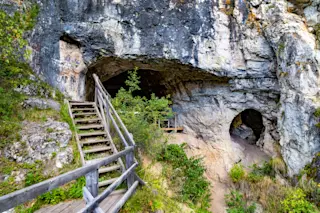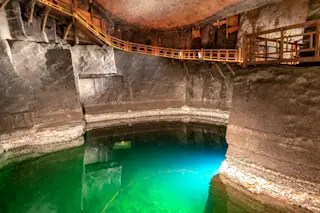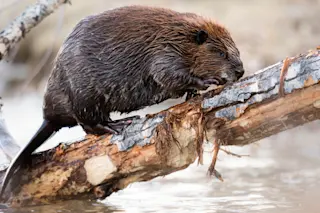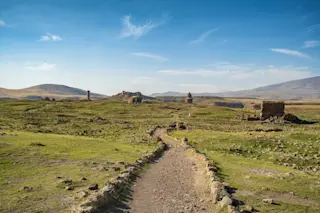Nestled in foothills of Russia’s Altai Mountains, Denisova Cave has been a research mecca since 2010, when fossil DNA from the site revealed a previously unknown human lineage, now called the Denisovans. Scientists have been working hard to reconstruct the cave’s history, through ongoing excavations as well as new analyses of materials recovered years ago.
First, what everyone wants to know: Yes, they found more human remains. Including the four Denisovan specimens (one pinky finger, two adult molars and a baby tooth), the cave has yielded 12 fossils from ancient humans, including teeth, toes, fingers and unclassifiable fragments.
Based on their genomes, proteins and physical appearance, the collection contains four Denisovans, three Neanderthals and one hybrid cross between the two human types. Excavators have also found four more fossils that belong to the Homo genus, but haven’t yet been assigned to a particular human species. Additional DNA sequences, recovered directly ...














